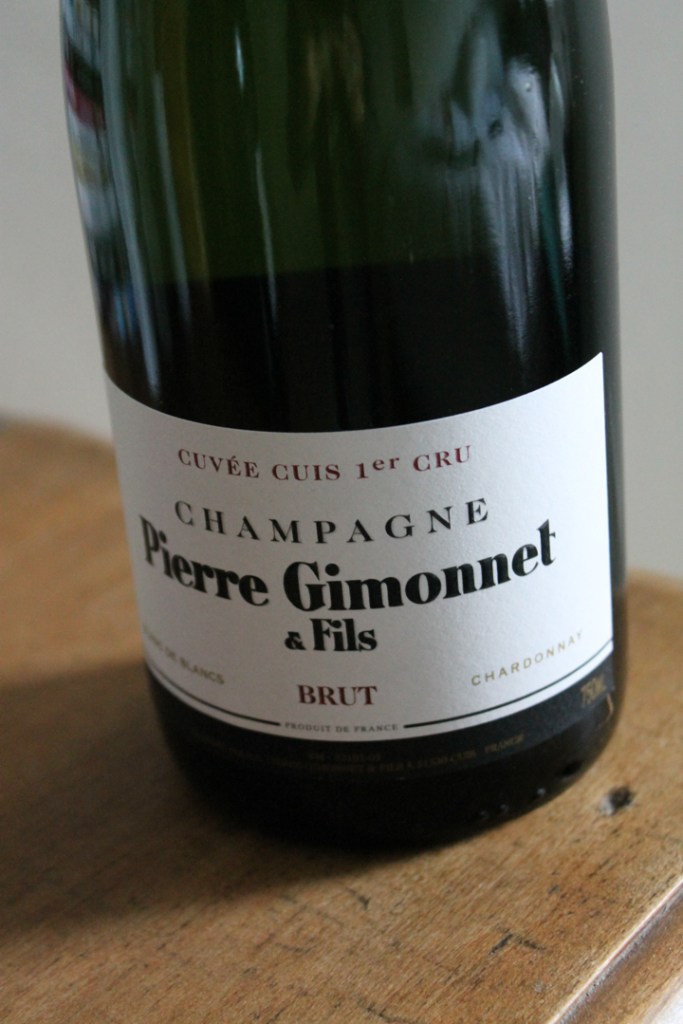I
haven’t blogged anything new in some time. Don’t worry I haven’t stopped cooking, our meals have just rotated between old favourites, cheap quick fixes and emergency lentils. I’ve been somewhat preoccupied with…a wedding. My wedding! My first blog post as a married woman. He was a happy man he said as he cheerfully devoured this dinner. Little does he know the menus to come…just wait for anniversary one!
The promise of a proper summer streamed through our balcony windows today and the forecast for our precious weekends begins to look brighter, dressy and filled with cold crisp pints. It is also a pinnacle time for the world opening up again. I very much look forward to stopping for an unplanned, non-booked drink at a random pub and even ordering it myself at a bar. Heck I might even pay in cash (perhaps one step too far?).
Back to this recipe. The dish is so fresh and vibrant in flavour yet it is deceivingly satiating. The barely salad is filled with summery, flavours all coated in the gorgeously sweet velvety pea that I always wish I’d made more of.
Serves 2
- 2 fillets of fish – seabass, bream, cod – pick your favourite.
- 300g frozen peas
- 1 garlic clove
- 1/2 stock cube
- 100g pearl barley
- 1/2 courgette
- 1 handful mint & parsley, leave picked
- Handful of pine nuts
- 1 lemon
- 1 knob butter
- Prepare your pearl barely salad ingredients. Cut your courgette into dice, bite sized pieces and set aside.
- Roughly chop the herbs and grate the zest of the lemon juice on top. Set aside with the courgette.
- Toast you pine nuts in a dry hot frying pan until golden, set aside.
- Simmer the pearl barley in boiling water for about 20-30 minutes until just soft and the bite has gone. Drain and return to the pan and keep warm with a lid on. You’ll finish this at the last minute.
- Make you pea puree just before serving, right before you cook you fish. Prepare a pan of stock and add the garlic clove and the peas. Boil for about 2 minutes then remove from the heat. Add the peas & garlic clove only (keep the stock) to a blender/nutribullet with some seasoning and a knob of butter. Add a small splash of the hot stock to the mix but best to add little to start so you can thin it down to the desired consistency, its harder to make thicker again! Blend and add more stock to achieve a smooth creamy texture but you really don’t need a lot. You’re not looking for soup but you’re not looking for mash! Season well to taste. Set aside and keep as hot as you can while you cook the fish.
- Heat a frying pan until piping hot and add a tiny bit of oil. Season you fish and cook, skin side down for about 2-3 minutes, finishing for 30 seconds on the flesh side (timings for a seabass/bream fillet)
- Combine herbs, lemon zest, juice of the lemon, courgette and the pine nuts and mix well into the barely you set aside.
- Spoon a lovely ladleful of pea puree onto a plate. Top with your pearl barley salad and finally your fish fillet. Drizzle over a little extra virgin olive oil if you like, extra pine nuts or another squeeze of lemon
Eat ideally in a sunny garden while the birds chirping in the background. I will have to settle for a balcony, London sirens but a handsome husband to gaze into the eyes of. Who knows, perhaps a garden and bird song is on our list for the next adventure.






























